Craft intervention forms the basis of Sana Maqbool and Humaira Tareen’s creations. This week You! talks to the creative duo...
decor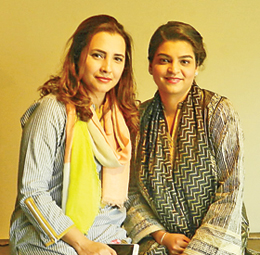
Craft intervention forms the basis of Sana Maqbool and Humaira Tareen’s creations. This week You! talks to the creative duo...
One of the major plagues of our crafts has been their inability to sustain themselves in the times of modernity, where technology and taste has evolved and the consumer no longer wants the beautifully crafted products of yester years. The natural course of time and evolution of culture cannot be stopped. It would be foolhardy to try to sell the goods and products, which have gone out of fashion and taste and have limited use in the current lifestyles. Though these crafts survive as artefacts and antiques, these have limited market. The way forward, however, can be reinvention. Sana Maqbool and Humaira Tareen have taken this path forward into their design journey. Craft intervention forms the basis of their philosophy, where they work with their artisans to produce products, which are the amalgamation of various collaborations between the designer, and the artisans. Though both these creative women take their inspiration from the concept of craft intervention, their products and processes result in completely different products reflecting our rich pool and multifaceted talents of crafts and artisans.
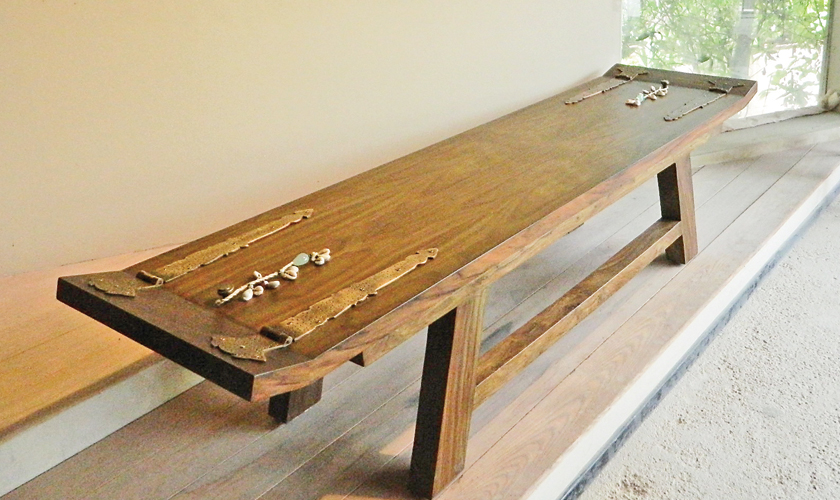
Shades of light
‘Source’ is the range of lamps and lights produced by Sana Maqbool, who started her journey back in 2004. Since then she has worked on her own range as well as collaborated with architects and interior designers to create commissioned and sight specific light sources for residences and commercial projects.
Sana creates eye-catching designs from mundane ordinary objects in the form of light sources, table lamps, floor lamps, wall fixtures, and decorative lights. The relationship between craft and material is age old and the olden craftsmen used the available materials to create exquisite products. However, as the sources of the crafts got affected the craftsmen could no longer sustain their livelihoods. “I have trained the traditional ‘karigaars’ to work in my studio. They were the traditional ‘ada’ craftsmen and the women skilled in the traditional embroidery techniques. I worked with them, studied their skills and introduced them to new materials and aesthetics which were the demand of the day. The result of this journey was ‘Source’,” shares Sana.
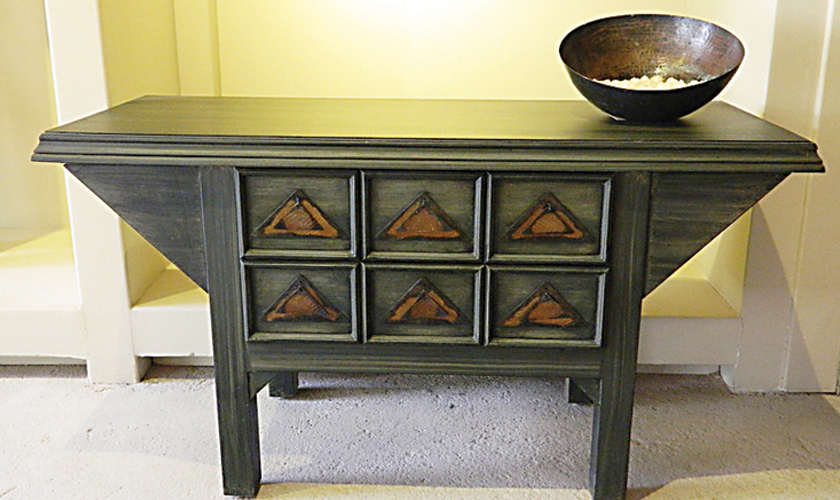
For raw material, Sana expanded the lens to include the materials available around her. Ordinary items like window netting, copper wire, children’s marbles, organza, leftover cloth became her raw material, which she recast into beautiful and engaging forms. Organic materials like coconut leaves were moulded into light sources. “These lamps are more like art pieces as they have been worked on by hand. The process is organic and collaborative, where my artisan and I work together to create each piece. In fact, I can’t replicate any one piece in totality, so each piece is unique,” explains Sana.
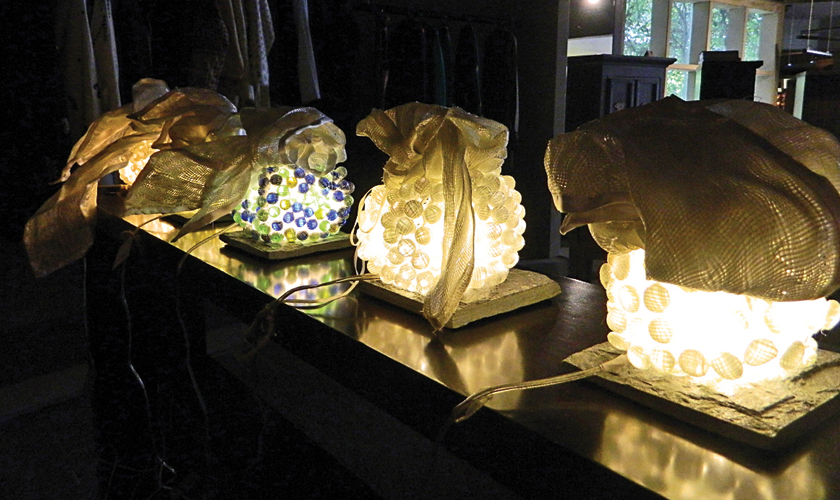
A fresh twist to traditional crafts:
Humaira Tareen got her undergraduate training as textile designer and she always turned towards traditional artefacts for design inspiration. “My thesis was inspired by the motifs on Mughal swords,” recalls Humaira. For her furniture designs, she merged the traditional inspirations with contemporary forms. However, she wanted to try something that looked different from what was available in the market. “I experimented with the geometrics and minimalism, as the market was saturated with ornate and heavy designs,” she adds.
Humaira found the ‘kilms’ (traditional carpets) and ‘phulkari’ (traditional embroidery) motifs found on the Punjabi ‘Baghs’ calling out to her. To experiment with this new inspiration she started hunting for the artisan who could help her turn her imagination to reality. “I found baba in his shop in Saddar. He is amongst the few surviving artisans who can work with metal,” she says.
Challenging his amazing skills, Humaira was able to translate the ‘kilm’ and ‘phulkari’ inspired designs into furniture. “It is sad to see these gifted artisans wasting their skills. Baba was producing name plates for people, but when I showed him my designs and sketches I saw his eyes light up. He worked with so much passion to produce these beautiful pieces,” apprises Humaira.
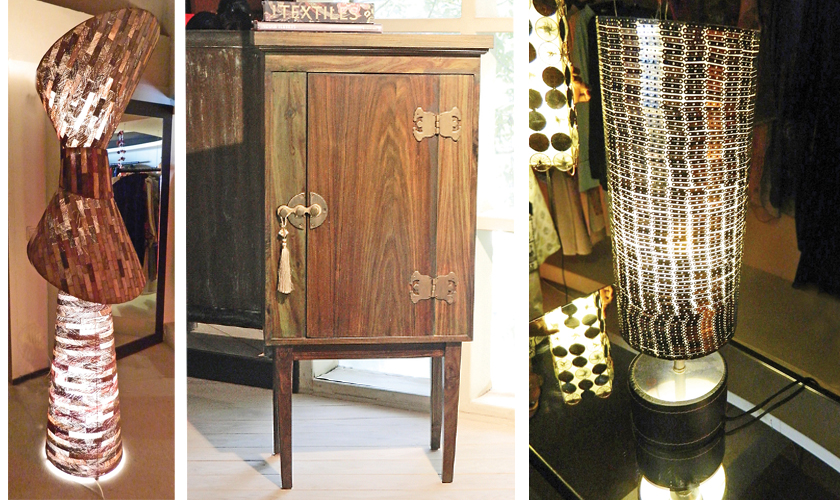
Both Sana Maqbool and Humaira Tareen have upped the ante in the design scenario. Apart from producing exquisite products with great details, the duo has changed the concept of traditional crafts by redefining their form. Expanding the approach towards craft and recasting the artisans in a new role - that of collaborator - Sana and Humaira have not only offered the market something new but also restored the craftsman their dignity. Their products ascertain a means of livelihoods for our gifted artisans, who are again seen as part and parcel of the creative process, a position that had disappeared over the past years.
-Photographs by the author